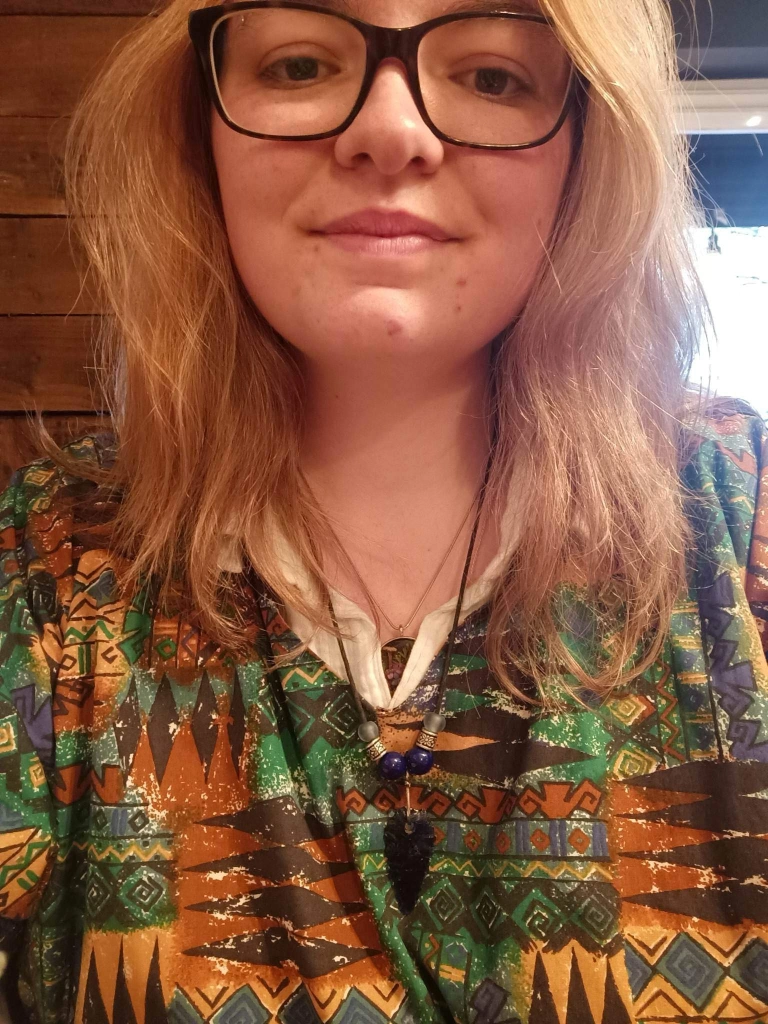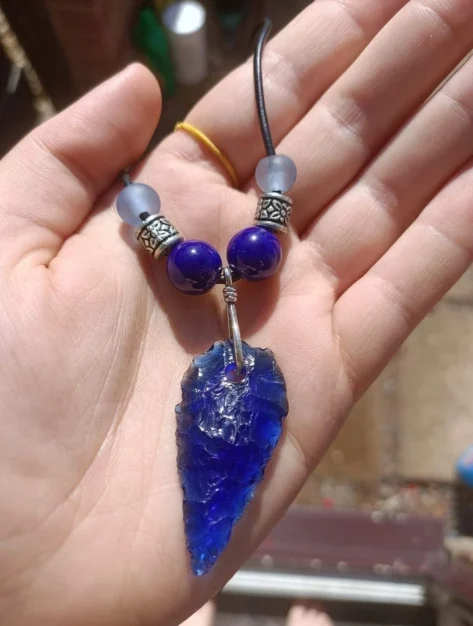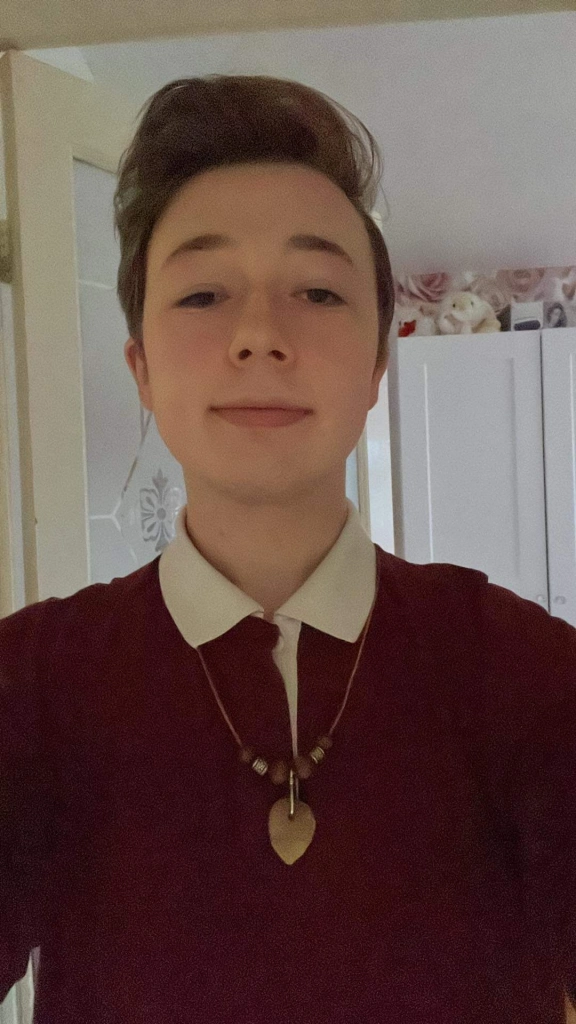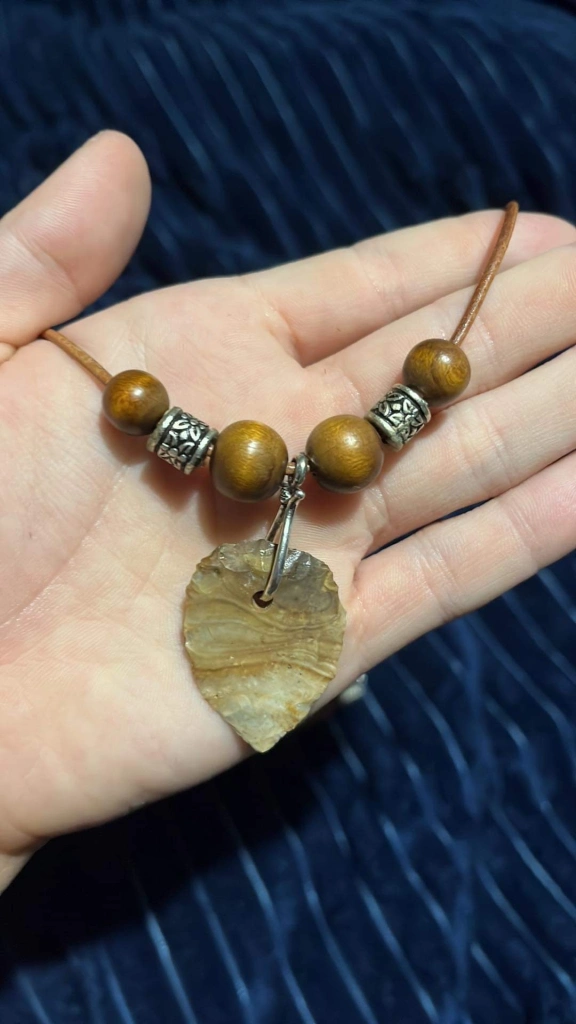I have recently been reading about the work of archaeologist, John Chapman, and his ideas around fragmentation and enchainment. I have also been thinking about the role of experimental archaeology, not just for exploring past processes, but also the formation of relationships in the present.

Certainly working together on the process of learning how to make a stone tool can be a bonding experience, especially when the process is stretched out over three years and leads to other projects and activities. Enter Laura and Jordan.

Upon reaching the end of their third year of undergraduate degree it felt appropriate for me to recognise in some way all the help, but also all the experiences we shared through their degree journey. These included workshops, fieldwork, surveying, filming, conservation as well as lots of coffee drinking. I have really enjoyed developing projects along with them both.

A good while ago I gave a friend, Lucette, a glass arrowhead as a birthday present. Her partner Martin transformed it into a lovely necklace / pendant, and after she sent me a photo of it I asked Martin if he could make me a couple.

As you can see, Martin came up with the goods, and both Laura and Jordan appreciated their pendants. As third years I thought I would be seeing a lot less of them once they had finished their degrees, however that has not been the case. Jordan is working on a temporary conservation project for the department, and Laura has started a Masters degree in Museum Studies on the floor below me.
The fragmentation process within John Chapman’s discussion refers largely to Neolithic pottery sherds, and how the breaking up of a pot can provide fragments that can link people to other people, but also places and events. The knapping process is also a process of fragmentation, and the gifting of these two particular arrowhead pendants (one from a bottle glass and one from flint) does seem to have enchained both Laura and Jordan to the department, so it must be true!
Leave a Reply